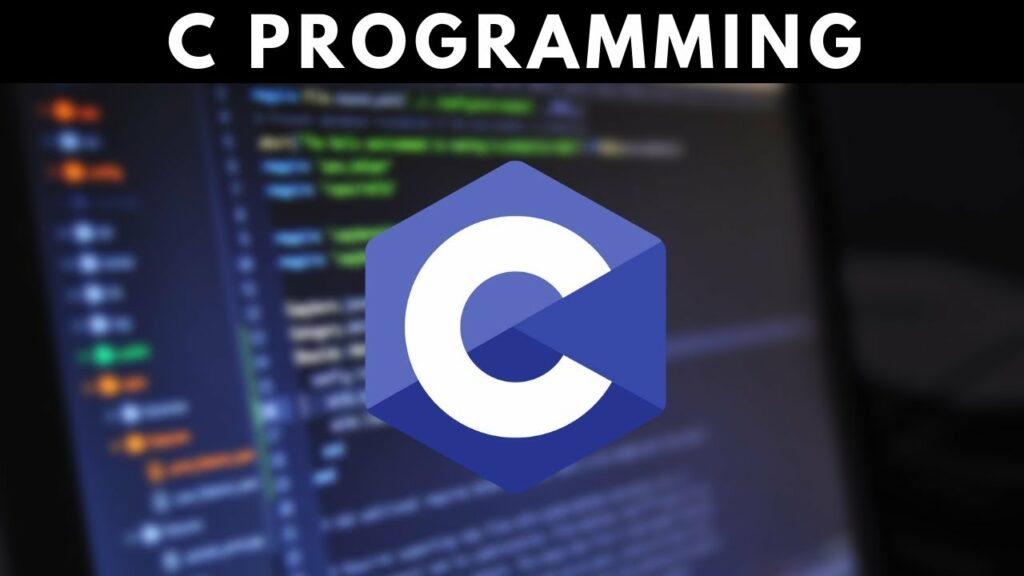
Free eBooks for Beginners
Pointers are a key aspect of the C programming language, and understanding them is essential for developing efficient and effective programs. One of the most important things to know about pointers is that there are different types of pointers in C, each with its own specific use. In this article, we’ll provide a layman’s explanation of the different types of pointers in C and how they’re used.
The first type of pointer is a simple pointer. This is the type of pointer we introduced in our previous article on pointers in C. A simple pointer holds the memory address of another variable, allowing you to access its value directly. For example, if you have an integer variable “x” with the value 10, you can declare a simple pointer to “x” like this: “int *ptr = &x;”.
The second type of pointer is a null pointer. A null pointer is a special type of pointer that doesn’t point to any memory address. It’s used to represent the absence of a valid memory address, and it’s often used in C to indicate an error condition. You can declare a null pointer like this: “int *ptr = NULL;”.
The third type of pointer is a wild pointer. A wild pointer is a pointer that has not been initialized, meaning it doesn’t point to any valid memory address. Accessing a wild pointer can lead to unpredictable behavior, so it’s important to initialize your pointers before using them.
The fourth type of pointer is a void pointer. A void pointer is a special type of pointer that can be used to point to data of any type. This makes void pointers very flexible, but it also makes them less efficient, since the compiler can’t determine the type of data being pointed to. You can declare a void pointer like this: “void *ptr;”.
The fifth type of pointer is a constant pointer. A constant pointer is a pointer that points to a constant value, meaning the value it points to can’t be changed. You can declare a constant pointer like this: “const int *ptr = &x;”. This is useful when you want to pass data to a function that shouldn’t be modified.
The sixth type of pointer is a pointer to a constant. This is the opposite of a constant pointer – it’s a pointer that can be changed, but the value it points to can’t be modified. You can declare a pointer to a constant like this: “int const *ptr = &x;”.
Finally, there’s the pointer to a pointer. A pointer to a pointer is a pointer that points to another pointer. This allows you to create dynamic data structures like linked lists and trees, where each node in the structure contains a pointer to the next node. You can declare a pointer to a pointer like this: “int **ptr = &ptr1;”, where “ptr1” is another pointer.
In conclusion, there are different types of pointers in C, each with its own specific use. Understanding the different types of pointers and how they’re used is essential for writing efficient and effective programs in C. By mastering the different types of pointers, you’ll be able to tackle more advanced programming concepts and write more complex programs.
C Programming for Beginners – Chapter 20 : Types of pointers in C
 Loading...
Loading...
Disclaimer: The information and code presented within this recipe/tutorial is only for educational and coaching purposes for beginners and developers. Anyone can practice and apply the recipe/tutorial presented here, but the reader is taking full responsibility for his/her actions. The author (content curator) of this recipe (code / program) has made every effort to ensure the accuracy of the information was correct at time of publication. The author (content curator) does not assume and hereby disclaims any liability to any party for any loss, damage, or disruption caused by errors or omissions, whether such errors or omissions result from accident, negligence, or any other cause. The information presented here could also be found in public knowledge domains.